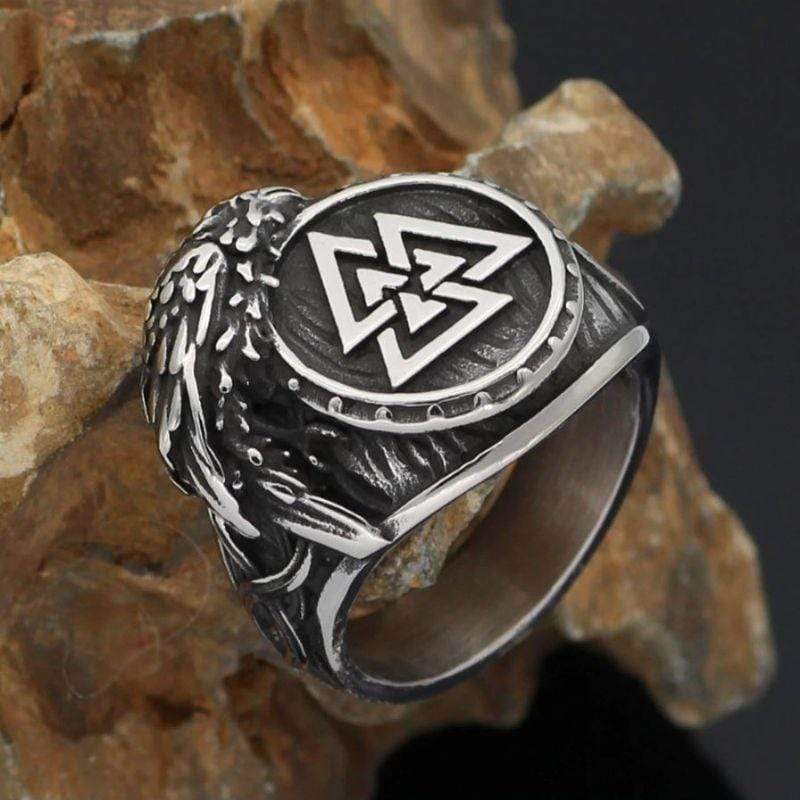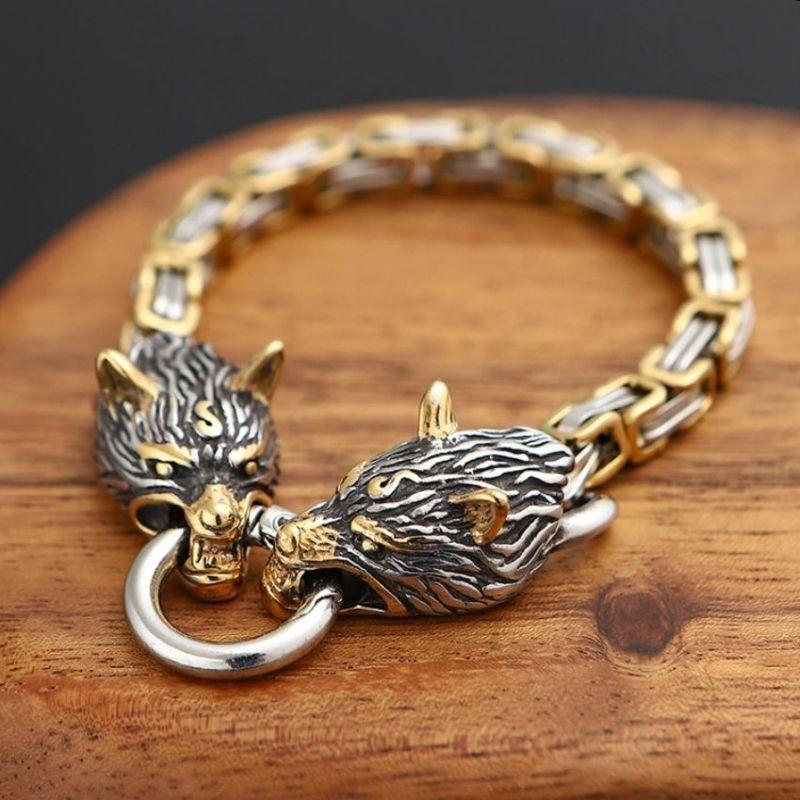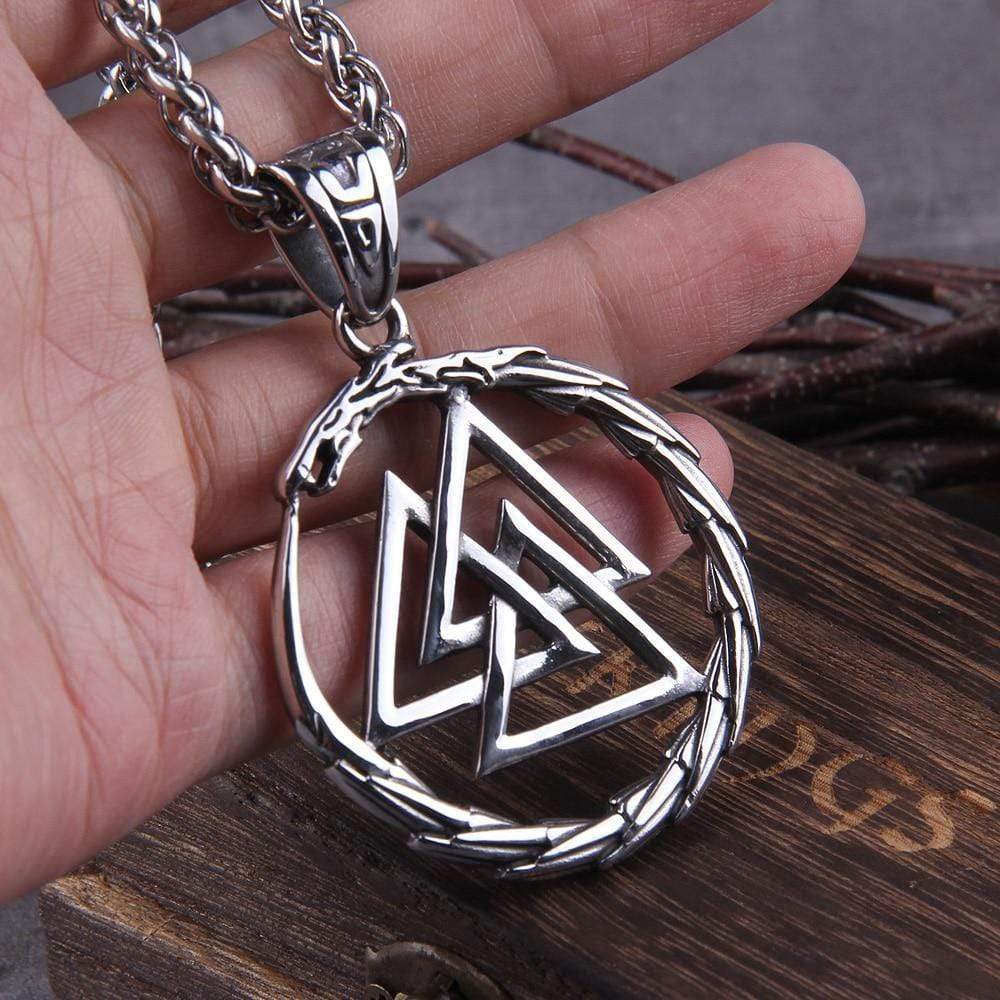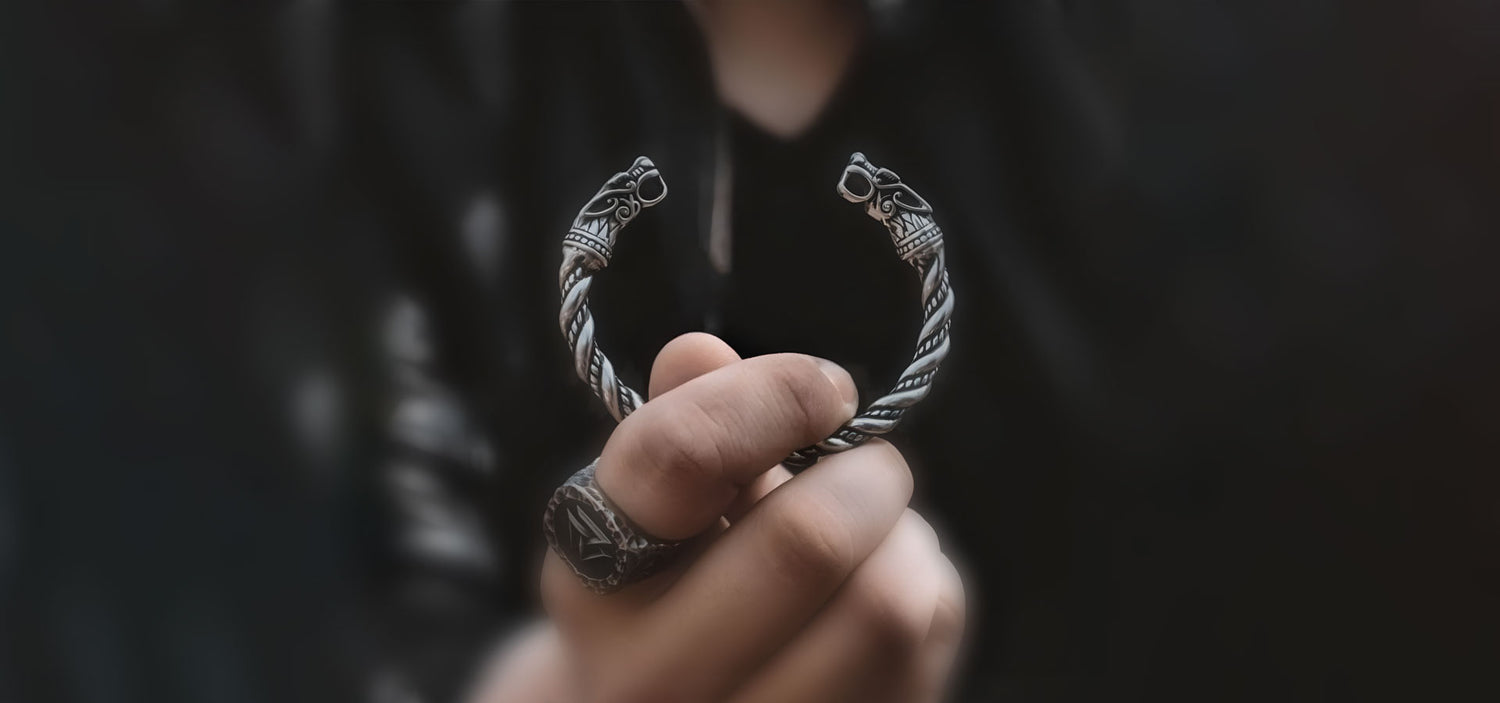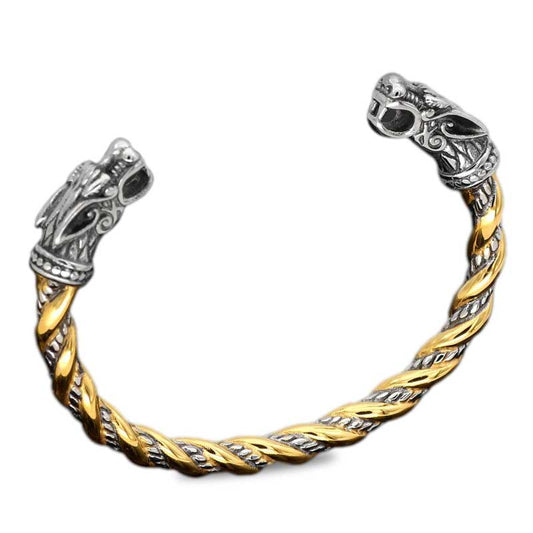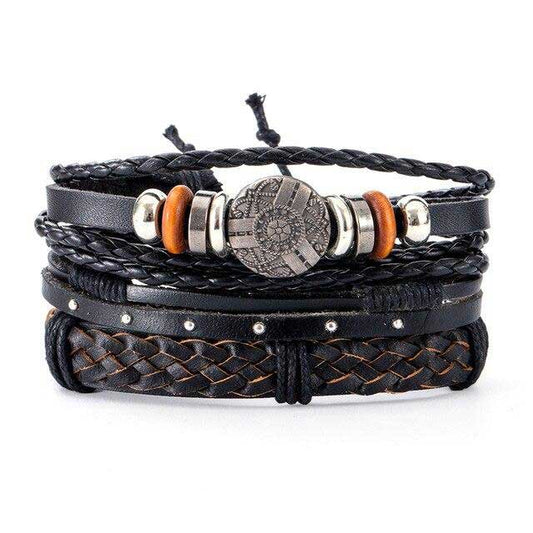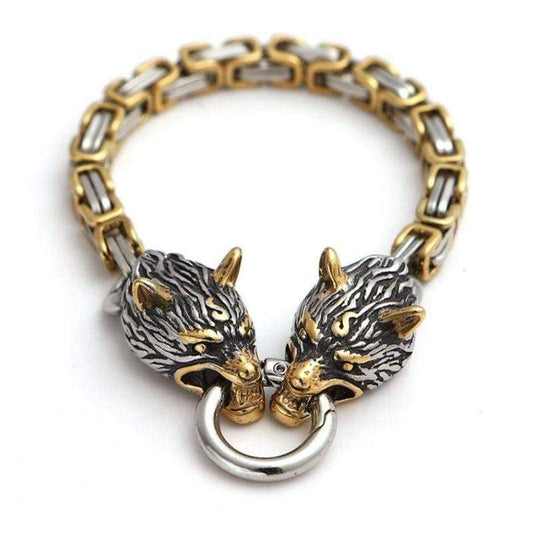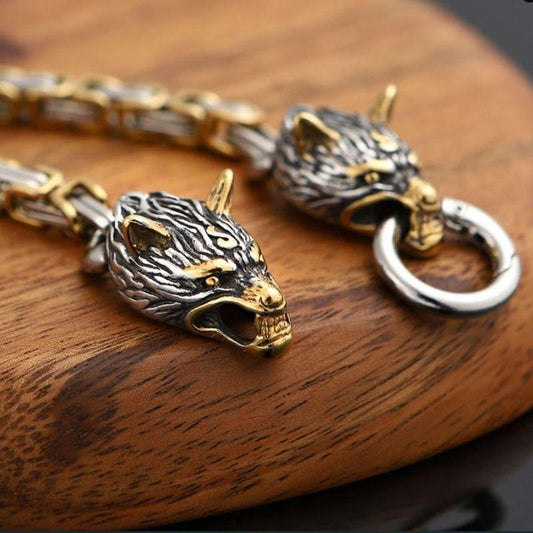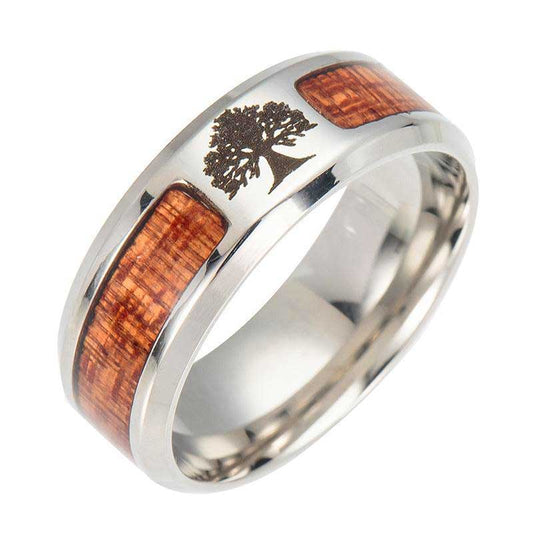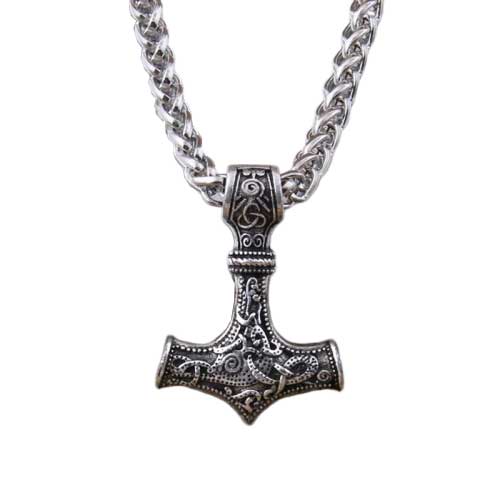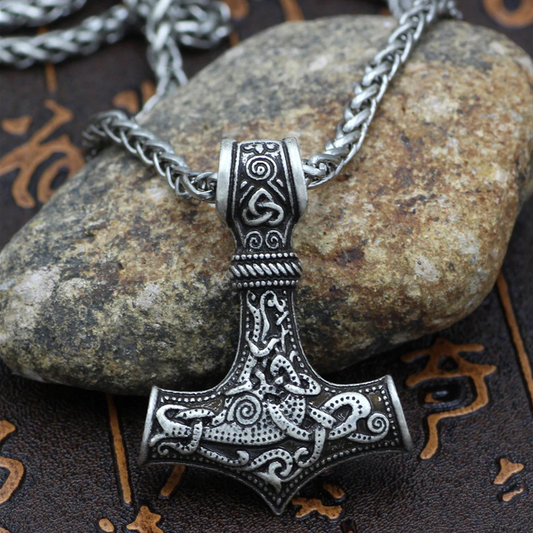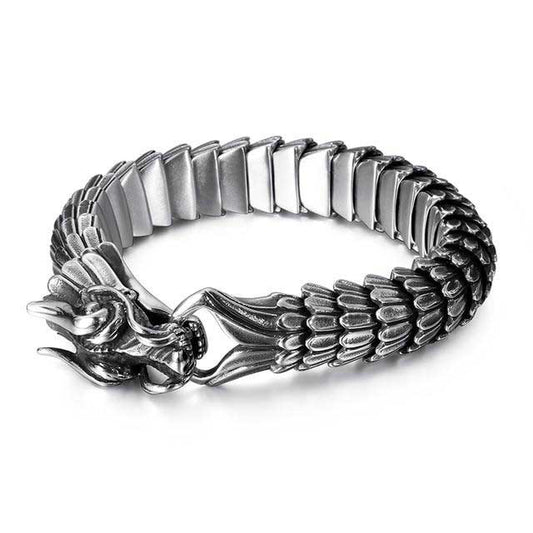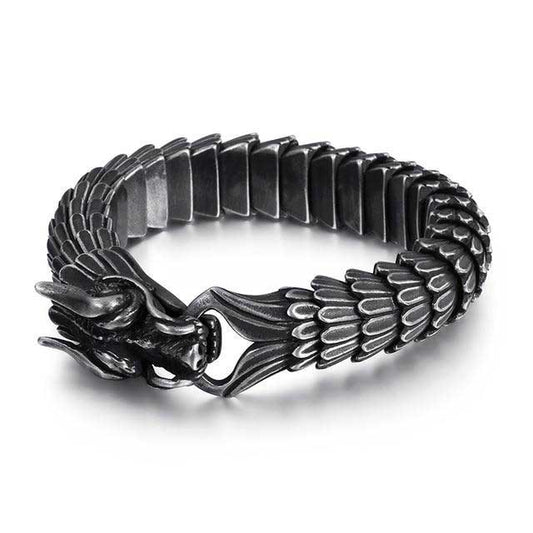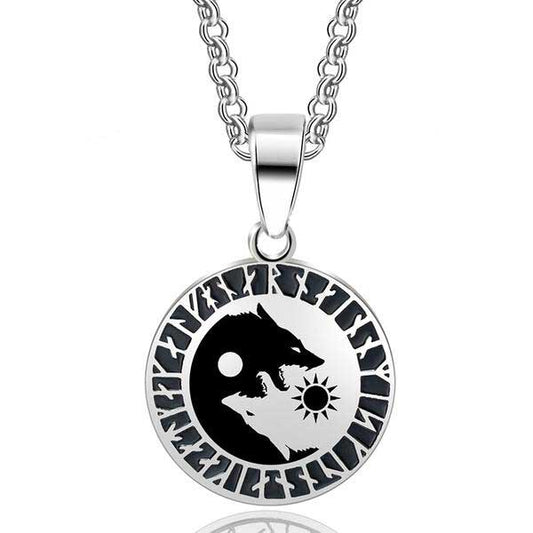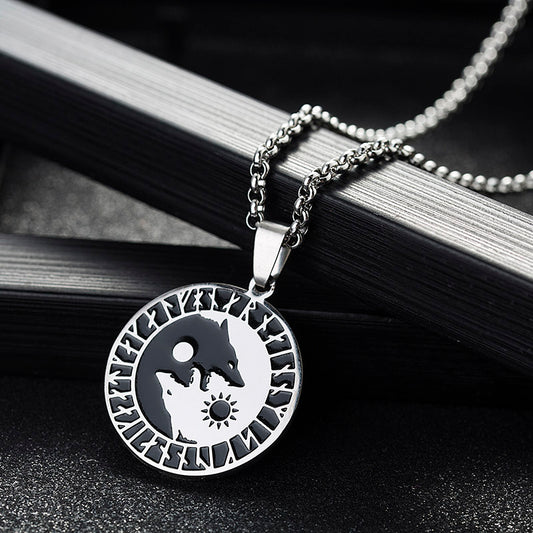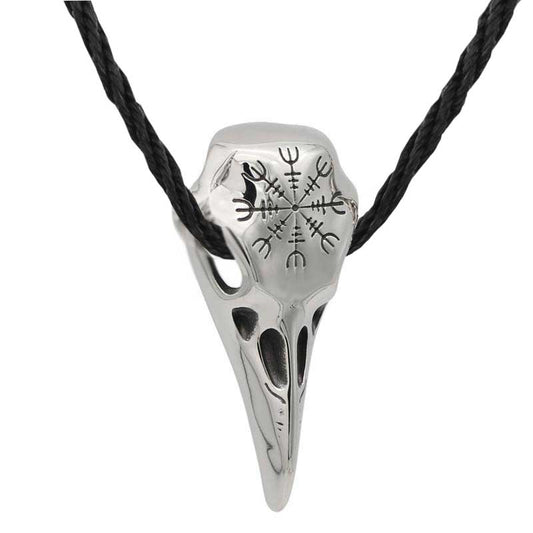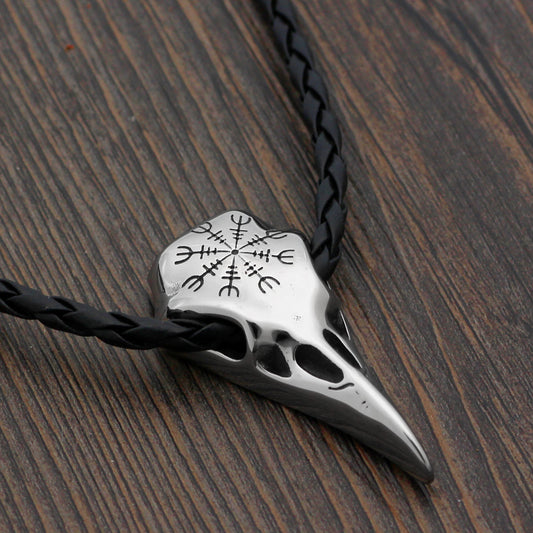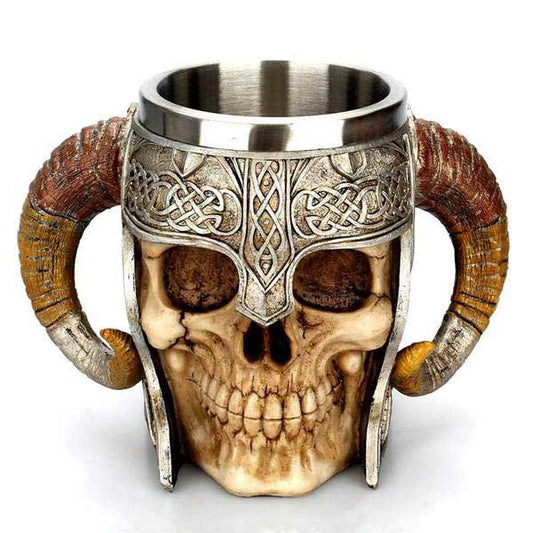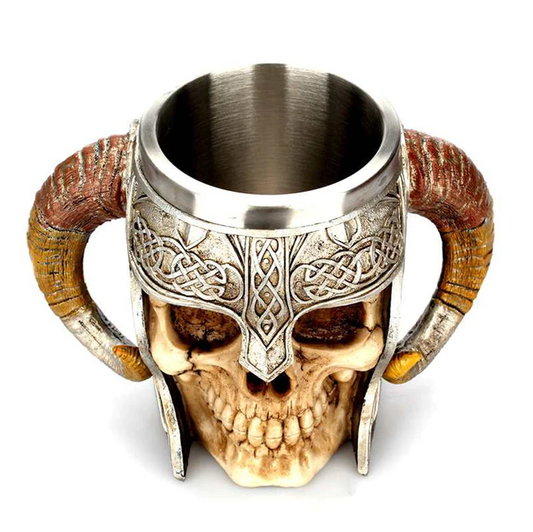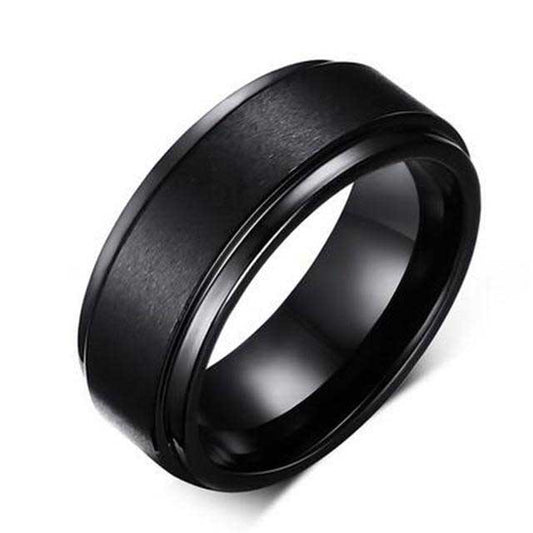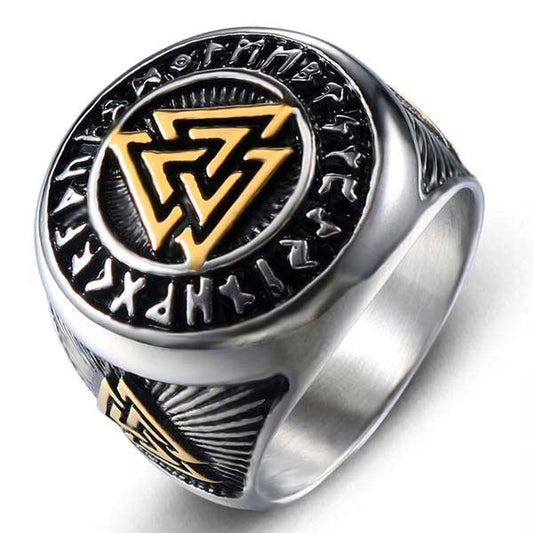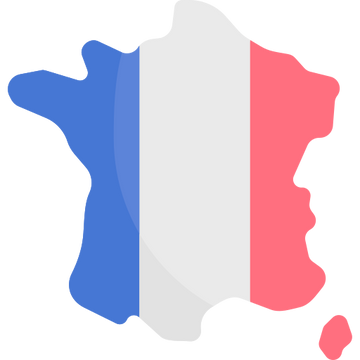Several animals and monsters live inside the Yggdrasil tree . There are deer, a goat, a falcon, a squirrel, an eagle.
But also and above all a dragon snake, named Nidhögg . The latter dwells at the foot of the third root of the World Tree , in the mist and darkness of Niflheim. And it is without a doubt the most fearsome creature of the nine worlds...
Who is Nidhögg in Norse mythology?

Nidhögg - also known as Nidhöggr - is a gigantic dragon hidden in the roots of Yggdrasil, the world tree of Norse mythology. His name means " he who strikes with ferocity ", which corresponds to him brilliantly...
Nidhögg is often described as a huge serpent with many, many tails . Scales cover its entire body, and horns protrude from its hideous head.
Although it has no hind legs , Nidhögg does have front legs with large, sharp claws. It is with these that he tears the roots of Yggdrasil . Some texts also add small wings, similar to those of a bat, below which he transports the corpses of criminals.
His appearance tells you something?
Well, it surely reminds you of the bow of the Viking longships .
Indeed, their boats were for the most part decked out with a dragon's head , in order to scare (and perhaps even scare away) their enemies. Were these really inspired by the monster hidden under the roots of Yggdrasil? The question still persists today and gets no definite answer.
Where does the dragon Nidhögg live?

Nidhögg hides in the deep roots of Yggdrasil. Most of the time, he sneaks between the roots of Niflheim and hides in the icy mists of this world.
Occasionally, the dragon glides to Hel, to visit the Goddess of Death . Many consider her to be his mistress.
What does Nidhögg do in the roots of Yggdrasil?
In the Netherworlds, Nidhögg tears and gnaws at the roots of the World Tree , threatening it with collapse and, with it, the entire universe.
To avoid drama, three Norns (Urd, Verdandi, Skuld) water the roots daily to try to heal them . In the Edda the scene is described thus: “Yggdrasil is much sicker than he seems, at least more so than Men believe: Serpents gnaw him from above, his trunk rots, and Nidhögg drains his sap from below. »
For certain scholars, Nidhögg can represent the evil always present in each of the Men, that which gnaws the heart and the soul of all.
But the Nidhögg dragon's task is not limited to this alone. If it constantly haunts the universe, the huge snake also participates in the good balance of the latter by punishing criminals .
Nidhögg borders the banks of the Nadastrond , where the corpses of murderers , oath- breakers , or adulterers are banished. There, he eats evil men in a room whose walls are formed of snakes, and whose ceiling drips with its venom used to burn the flesh of criminals.
In the Edda, it is described as follows: “Its doors are oriented to the north, drops of venom fall through the skylights, this hall is braided with the spines of serpents. Will have to cross on foot thick rivers, the perjurers and the murderers. »
So, inevitably, in the Viking Age, the mythological dragon dissuaded everyone from committing the three deadly sins that deserved this terrible post-mortem punishment .
Nídhögg , the dragon that contributes to the balance of Yggdrasil

If it may seem hard to believe, Nídhögg does play a role in the good balance of the world-tree.
If he is in the lower world and symbolizes evil, a large eagle is found at the very top of Yggdrasil. He symbolizes goodness , wisdom and virtue.
Between these two, the squirrel Ratatoskr gallops up and down , and up and down, to peddle invective between the adversaries. At first glance, this adversity seems quite harmful. But it is not, however, quite the contrary. These incessant disputes between the eagle and the dragon favor the growth cycle of the tree of life .
Nídhögg and its role in Ragnarök

Ragnarök , or the prophetic end of the world in Norse mythology, actually begins when Nídhögg finally manages to eat the roots of Yggdrasil .
The World Tree turns yellow , and the Nine Realms are then plunged into a dark and freezing three-year winter. At the end of it, the great battle begins .
Nídhögg then flies away from the underworld with, with him, the criminals, and leaves to guide the giants to the attack of the gods. In the Edda we can read these words: “The ash Yggdrasil trembles from all its height. It moans, the old tree. The giant has freed himself.
According to other writings, Nídhögg, in addition to initiating Ragnarök, also closes it. The dragon survives the events and carries under its wings all the dead of this long fight. In the post-Ragnarök world, Nídhögg continues to keep things in balance . There remains the force of evil which counterbalances the force of good in this new era.
The dragon Nídhögg in contemporary culture

Like many elements of Norse mythology, the dragon Nídhögg also finds its place in contemporary culture . His story is told through books, films and even video games. Thus, we find his character in the novels "The secrets of the immortal, Nicolas Flamel" by Michael Scott. In magazines and the movie "Captain America", from Marvel. But also in the video games "Age of Mythology" or "Lord of Arcana".
